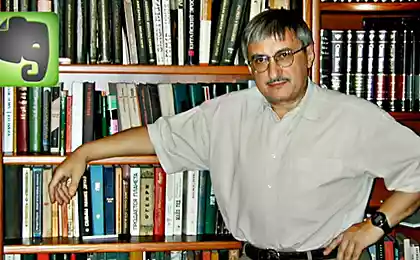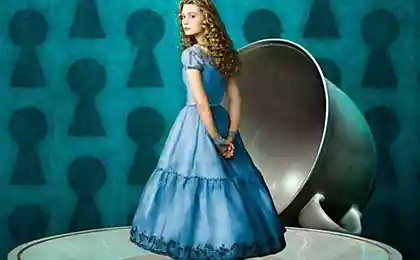1090
Self-learning program from Disney Research for Pattern Recognition

A group of researchers from Disney Research Pittsburgh division has developed computer vision system, which uses some of the principles of human vision (pdf). In particular, it contains a self-learning algorithms and can eventually improve the recognition of objects.
Like most other computer vision systems, the development of Disney Research builds a conceptual model for each object, be it a plane or a soap dispenser. It uses a learning algorithm, which analyzes the many photographs of the object.
A distinctive feature of the algorithm Disney Research - that he later uses this model for object recognition on the video at the same time removing the new i> information about these objects and complementing the model originally pledged. This makes it possible to recognize objects in a wider range, even if they look different than previously encountered samples.
Illustrations (clickable) shows the result of pattern recognition. In the top row are test images from the database ImageNet, who used to train the original model. In the bottom row - examples of correct object recognition program IDE-LME. The researchers note that recognizes objects in the pictures differ greatly in appearance from those used to train the system.
4,841,132
77,840,190
"The process [self] continues, potentially indefinitely, for the entire life of the system of recognition, - says Leonid Sigal (Leonid Sigal), a leading researcher at the Disney Research Pittsburgh. - A self-learning system, which is continually evolving through the uncontrolled gain experience, making more and more complete and complex model of the world ».
A conceptual model for each object gradually expanded and updated as the system is faced with new information. In theory, this method can lead to the fact that acting without supervision, the system will assign object characteristics unusual for him, because of what any recognition errors. But the program's authors say that the problem has not yet seen.
In addition to Segal, among the sponsors of research indicated Kuznetsova Alina (Alina Kuznetsova), Rozenhan Bodo (Bodo Rosenhahn) from Wilhelm Leibniz University in Hanover (Germany) and former Disney September Hwang Yu (Sung Ju Hwang), who now works at the National Institute of Science and technologies in Ulsan (South Korea).
Presentation of the research took place at the IEEE Conference on Computer Vision and Pattern Recognition in Boston (June 7-12 2015).
Source: geektimes.ru/post/251720/























